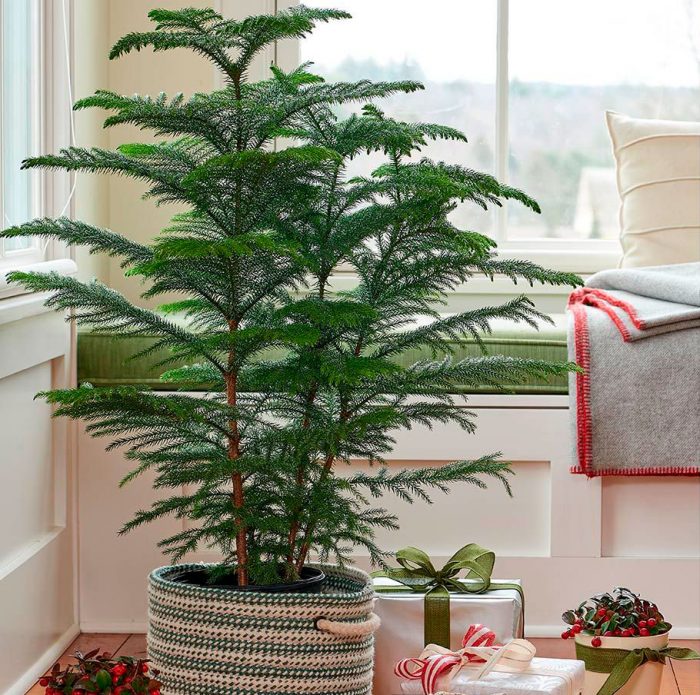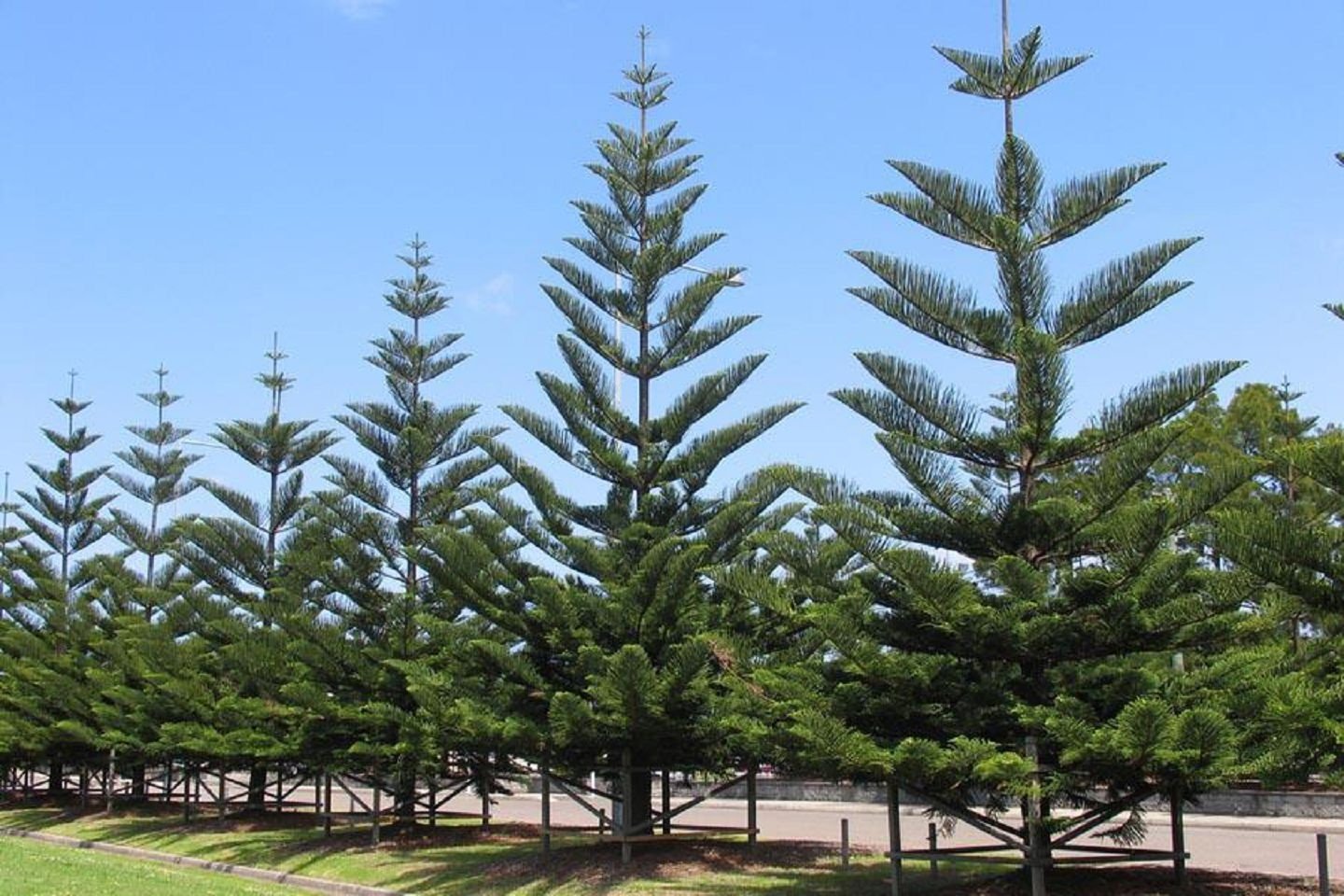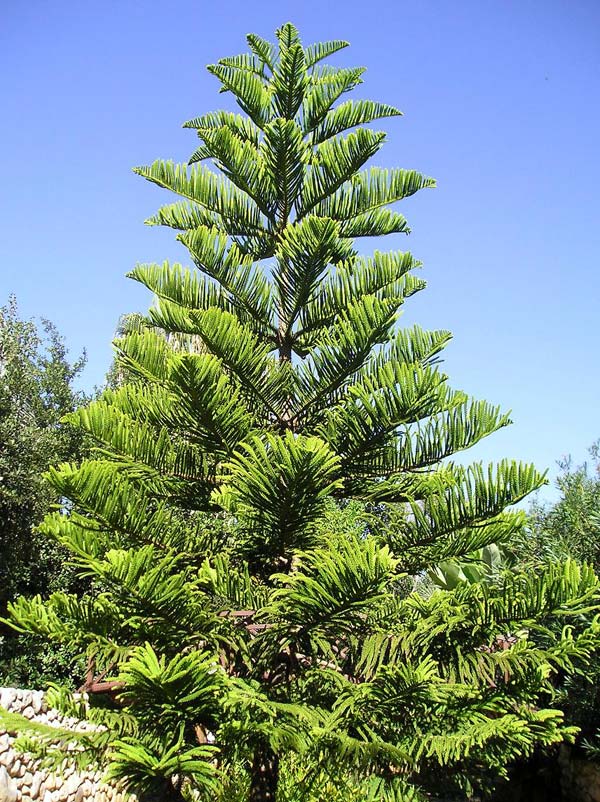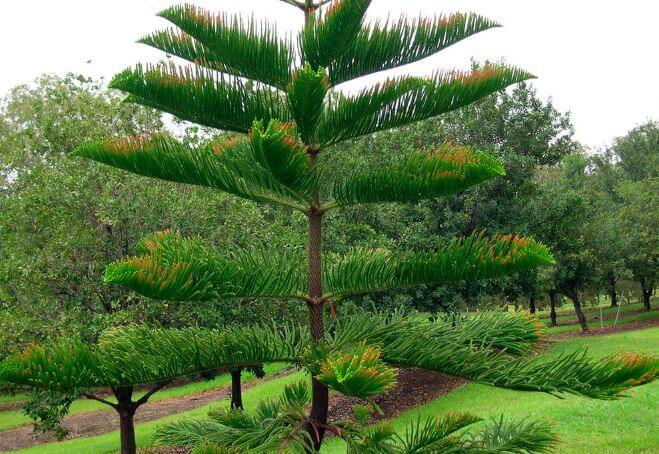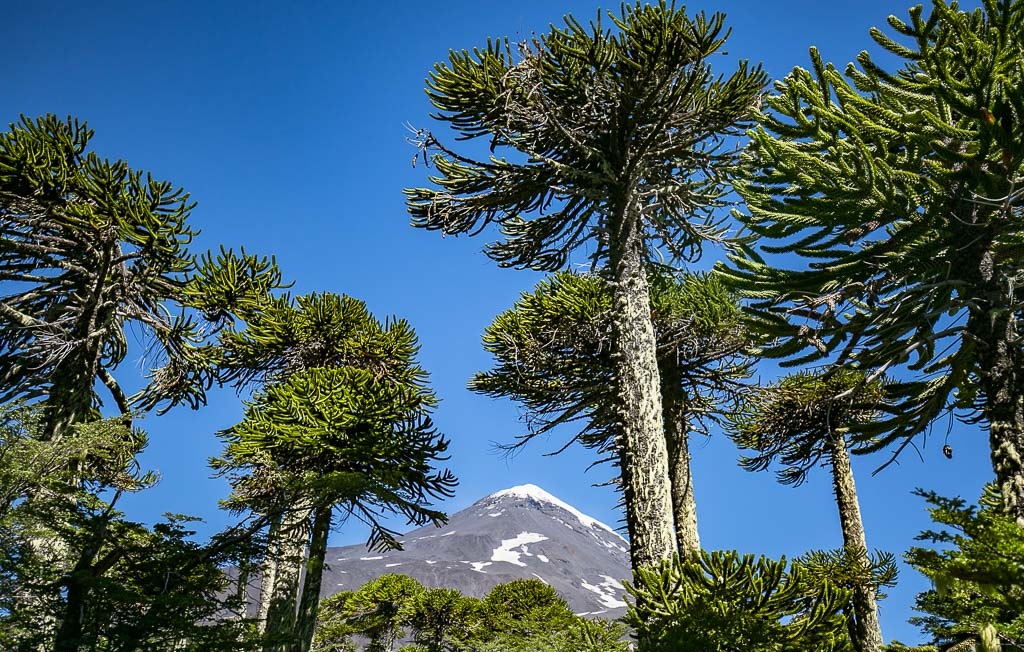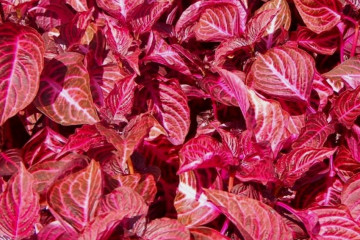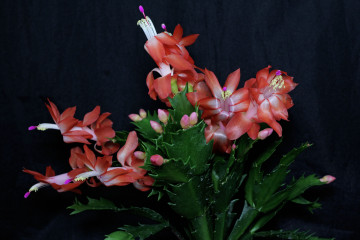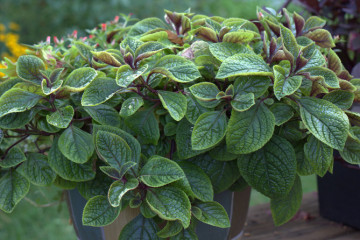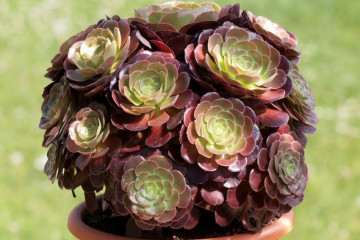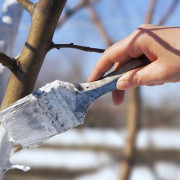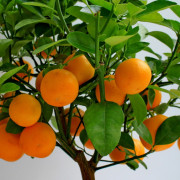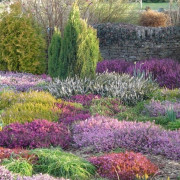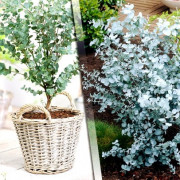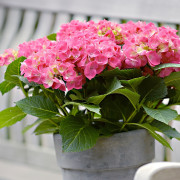Araucaria: home care and main varieties
Content:
Araucaria is a coniferous plant with about 20 congeners. Origin - Australia and South America. The seeds are edible, extracted wood is widely used to create furniture. The plant is used to decorate gardens in the Caucasus and near the Black Sea. It is difficult to grow if the humidity is low. Unfortunately, most of the apartments have just such a microclimate. If not properly cared for, the plant can get sick and die.
There are varieties of the araucaria plant available to grow in the room. They will not bloom, but they are still able to please with their beauty. Araucaria also purifies the air.
Main varieties
Of the 20 araucaria species, only a fraction is available for growing in a home environment. The most popular of all species is the variegated araucaria. The name is also found - indoor spruce. It is a small tree with a pyramidal crown. The owner will be pleased with the light green needles that grow in the plant instead of leaves. The branches are covered with scales.
You can grow some types of home tree in a pot (araucaria in this case will be smaller, but this is not critical).
Araucaria Bidville
Another popular name is Bunia-bunia. In nature, it grows in the subtropical zone of Australia. Moreover, most of the representatives of this species are found in reserves. This species was named in honor of the traveler from England and naturalist D. Bidville, who donated a couple of specimens of the plant to the Royal Botanic Gardens. After some time, Bidville's araucaria was already brought to European countries.
If you follow the description, the height of the species is up to 50 meters. The trunk diameter is around 1.2 meters. For this reason, it will not work to grow this giant in indoor conditions. Only the length of the coniferous leaves reaches 10 centimeters. They are located opposite, in two rows.
Brazilian araucaria
This is another member of the genus that is not suitable for cultivation in the room. The species is named so because it grows in Brazil. It can also be found near the Argentina-Paraguayan border. At the moment, the plant has fallen into the Red Book as a species that is on the verge of extinction, although in the 19th century, araucaria forests occupied a huge area of 200 thousand square meters.
This species is smaller than the Bidville araucaria - the maximum height is 35 meters, although there were 52-meter specimens.
Araucaria Heterophylla
A characteristic feature of this species is that it is indoor araucaria. Even minor changes in climate can positively or negatively affect Araucaria Heterophylla. At any time of the year, when growing it in the house, it should be cool. It is best to grow it in the fresh air, but hide the plant as much as possible from direct sunlight. A specially equipped part of the balcony or a place in the garden, under other trees, is well suited.
Also, this species must be watered regularly. If the soil under the Heterophyllus araucaria is dry, it can be bad for it. Watering with hard water is not recommended. Wait until it has settled before watering. So the salts harmful to the tree will remain at the bottom of the container, the roots will absorb only useful substances.
Other types
There are many other types and varieties of plants:
- Araucaria Cook. This species is unsuitable for cultivation in the middle lane. It has short branches that, together with the trunk, form an angle of 90 degrees. The crown of the plant is slightly narrower near the trunk, but closer to the top it becomes wider. The buds are about 10 centimeters long. Due to the styloid appendage, the cones appear bristly. Coniferous leaves are soft.
- Araucaria narrow-leaved. A very tall tree (50 meters), which was previously actively used by builders from different countries. If grown in a room, the maximum height does not exceed three meters. The leaves are 50 mm long, have a linear-lanceolate shape. Araucaria angustifolia is a good raw material for creating accessories, musical instruments, as well as in construction work. It makes good paper.
- Chilean araucaria. This plant can be found in Chile and western Argentina. The trunk can be even higher than that of other araucaria species, up to 600 centimeters. In coverage, it is one and a half meters. The bark of the plant is thick, the texture is cracked. Usually the lower branches touch the ground and die off. Side - gather in whorls. Such branches in old plants with a trunk form an angle of 90 degrees, when the araucaria is old, they will begin to hang down a little. The sheet plates are quite tough and can be pricked. The seeds of the plant are edible.
It can be seen that many of the species are unsuitable for cultivation at home, while others are suitable for cultivation exclusively in the subtropical zone. The height of some in their natural environment is several tens of meters, if the home araucaria is not more than a few meters.
Home care
Araucaria is very picky about growing conditions; taking care of it at home is not an easy undertaking. There are many things to consider, such as lighting, temperature, humidity, watering and fertilization. The Araukariev family has a decent number of representatives, in general, the recommendations for caring for plants are as follows.
Lighting
Araucaria likes bright light. She languishes without him. Like many ornamental plants, it must be protected from direct sunlight. In the warm season, you can keep the araucaria outdoors, but find a place that scatters sunlight and protects the plant from rain or hail.
Ideally, find a place where the light will hit the bush from two sides. In this case, the plant will develop well, otherwise you will have to turn the araucaria 90 degrees every week.
Temperature
It is advisable to keep indoor araucaria cool. The recommended thermometer value is no more than 20 degrees. It is undesirable for the temperature to be lower than 10 degrees at night. It is important that in winter the temperature in the room where the araucaria flower (indoor spruce) grows does not exceed 15 degrees. Therefore, it is important to create the right conditions on the balcony, since batteries are often heated up to 25 degrees and higher in the room.
Humidity
Araucaria is also whimsical to humidity, room care at home for it requires moistening the leaves and stem with a spray bottle. Before that, the water is infused for 24 hours or more. The water temperature is 20-25 degrees. It is especially necessary to moisten the plant in winter, because at this time batteries and heaters are turned on, which dry out the air.
Watering frequency
In summer, watering is necessary in large quantities. If this is not done, the araucaria will dry out.In this case, it is important not to go too far, because the water stagnates in the root system, which leads to rotting of the roots. In winter, there is almost no need to water the plant, especially if it is in the cold.
Soil and fertilizing
A seedling or an adult plant must be fertilized twice a month at intervals of 15 days. For this, types of fertilizers with a reduced amount of calcium are used. It is also advisable to use mullein infusion for feeding. Then the plant will bloom for a long time and will not dry out.
Plant transplant
The transplant is carried out in the spring or early summer. Without urgent need, you should not do it. It is necessary to wait until the root system becomes so large that it ceases to fit into the pot, or until the bush grows well, since the tree does not tolerate transplanting well. It is not recommended to do this procedure more often than once every three years.
Reproduction methods
Gardeners are interested in how the araucaria reproduces. There are several ways: vegetative and seed. Reproduction with the first method is more difficult because the seed must be fresh. Therefore, the more popular method is cuttings. It is necessary to cut off several cuttings, remove the resinous sap from the cut and treat this place with charcoal. Then they are lowered into the soil, then they are waiting for rooting.
Thus, araucaria is a very interesting coniferous tree, some of which can be used for the garden.
